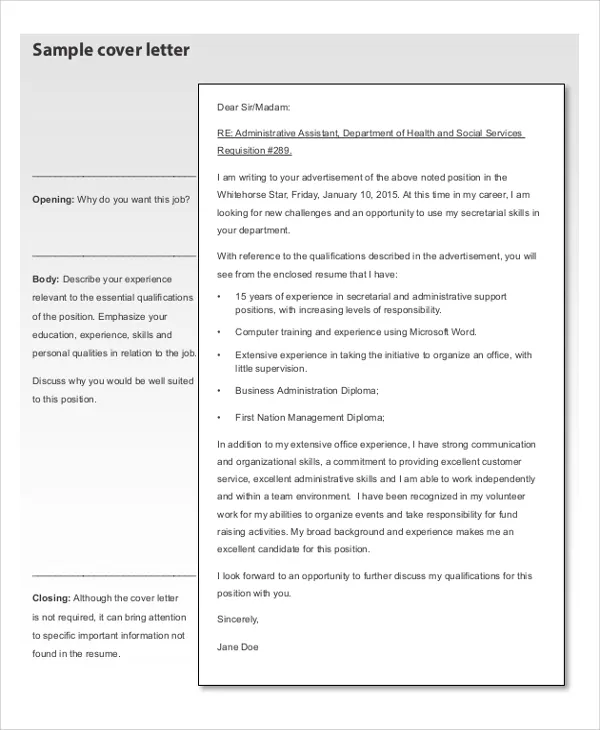Understanding the Importance of a Cover Letter
In the competitive world of job applications, a well-crafted cover letter can be your most powerful tool. It is your first impression, a chance to go beyond the dry facts of your resume and connect with a potential employer on a personal level. Understanding the importance of a cover letter is the first step in crafting one that truly stands out. Think of it as your opportunity to tell a story, to showcase your personality, and to demonstrate why you’re not just qualified, but the perfect fit for the role and the company. A strong cover letter clarifies your career goals, highlights relevant skills and experiences, and ultimately, persuades the hiring manager to read your resume. It’s the crucial bridge between your qualifications and the job opportunity, making it an indispensable part of any job application process.
Why is a Cover Letter Essential
While a resume provides a concise overview of your skills and experience, a cover letter adds depth and context. It’s the place where you can articulate your career aspirations, explain gaps in your employment history, and demonstrate your genuine interest in the specific role and company. Recruiters and hiring managers use cover letters to assess your communication skills, attention to detail, and overall fit within the company culture. Many employers now use applicant tracking systems (ATS) to screen resumes, but a cover letter can help you to get past the initial screening. A personalized cover letter can demonstrate your passion for the opportunity and make you more memorable than other applicants. Without a cover letter, you miss a valuable chance to make a strong first impression and to differentiate yourself from other candidates, especially when applying for roles where you are seeking a career change or have somewhat less experience in the industry.
Cover Letter vs Resume
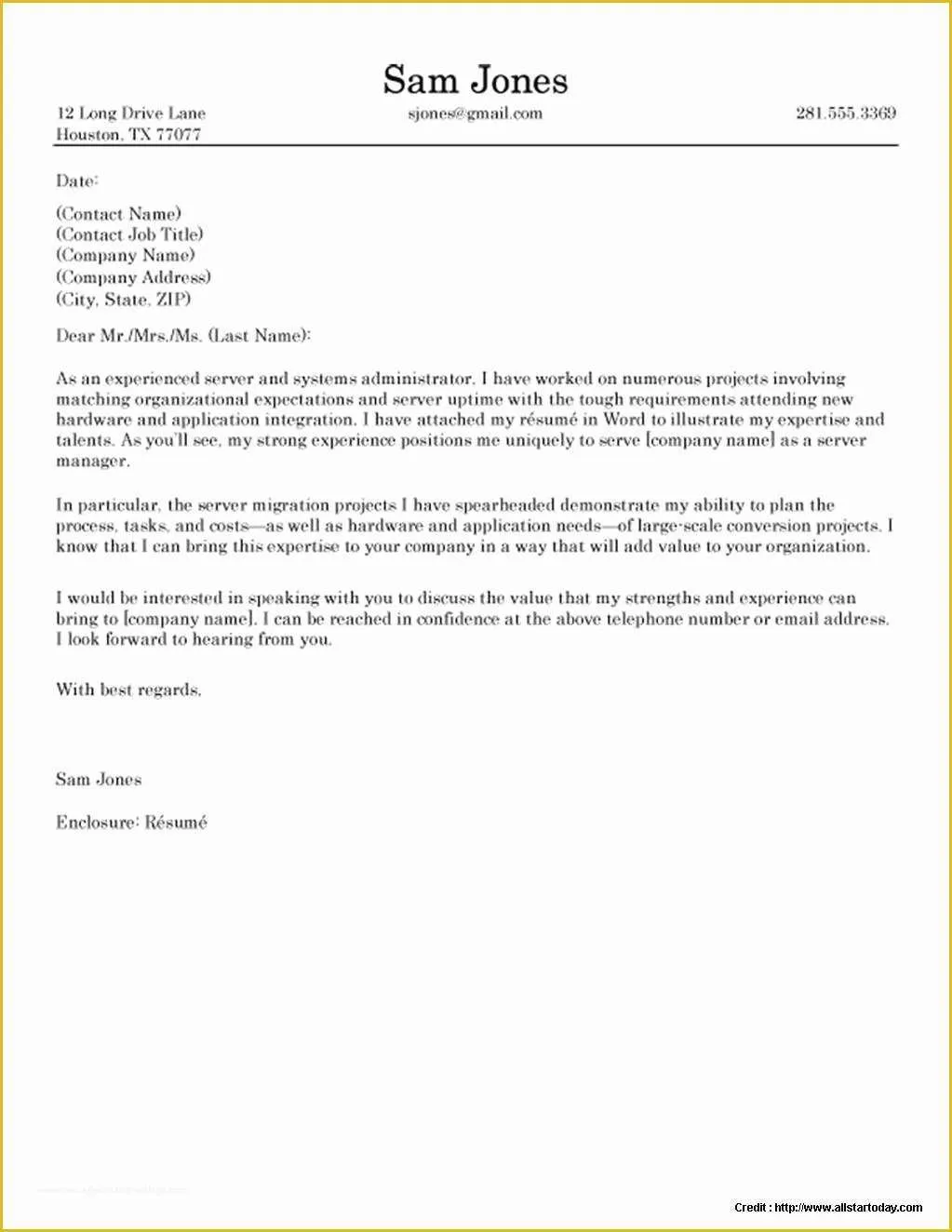
The resume and the cover letter serve different purposes in your job application. The resume is a fact-based document that provides a summary of your skills, experience, education, and accomplishments. It’s a quick reference guide for your professional background. Your cover letter, on the other hand, is a narrative document. It allows you to explain why you are the ideal candidate for the specific job and the company. Think of the resume as a snapshot and the cover letter as a movie. The cover letter lets you highlight specific achievements from your resume, explain their significance, and connect them to the requirements of the job. The cover letter is where you showcase your communication skills, personality, and enthusiasm, traits that a resume alone cannot convey. Effectively, your cover letter should complement your resume. It should offer a personal touch and showcase your writing ability and critical thinking skills.
Key Components of a Compelling Cover Letter
A compelling cover letter is composed of several key components that work together to create a positive impression. These include clear contact information at the top, a professional greeting, a compelling opening paragraph, a section that highlights your skills and experience, a tailored discussion about how you meet the job requirements, a strong closing, and a professional sign-off. Each element serves a specific purpose and contributes to the overall effectiveness of the letter. By carefully crafting each part, you can create a cover letter that grabs the reader’s attention, showcases your qualifications, and encourages them to take the next step: reading your resume and potentially calling you for an interview. A well-structured cover letter provides a cohesive narrative that demonstrates why you are the best candidate for the job and why the employer should consider your application.
Contact Information
Start your cover letter with your contact information. This typically includes your full name, phone number, email address, and optionally, your LinkedIn profile URL. It is vital that this information is accurate and up-to-date. The contact information section is usually placed at the top of the letter, either left-aligned or centered. Ensure the format is professional and easy to read. Double-check all details, especially your email address and phone number, to avoid any potential communication issues. This section is not just about providing contact details, but about presenting yourself as a professional and organized applicant. It also makes it easy for the recruiter to reach you promptly if they are interested in your application. Ensure your email address is professional and not a personal or outdated one.
Greeting the Hiring Manager
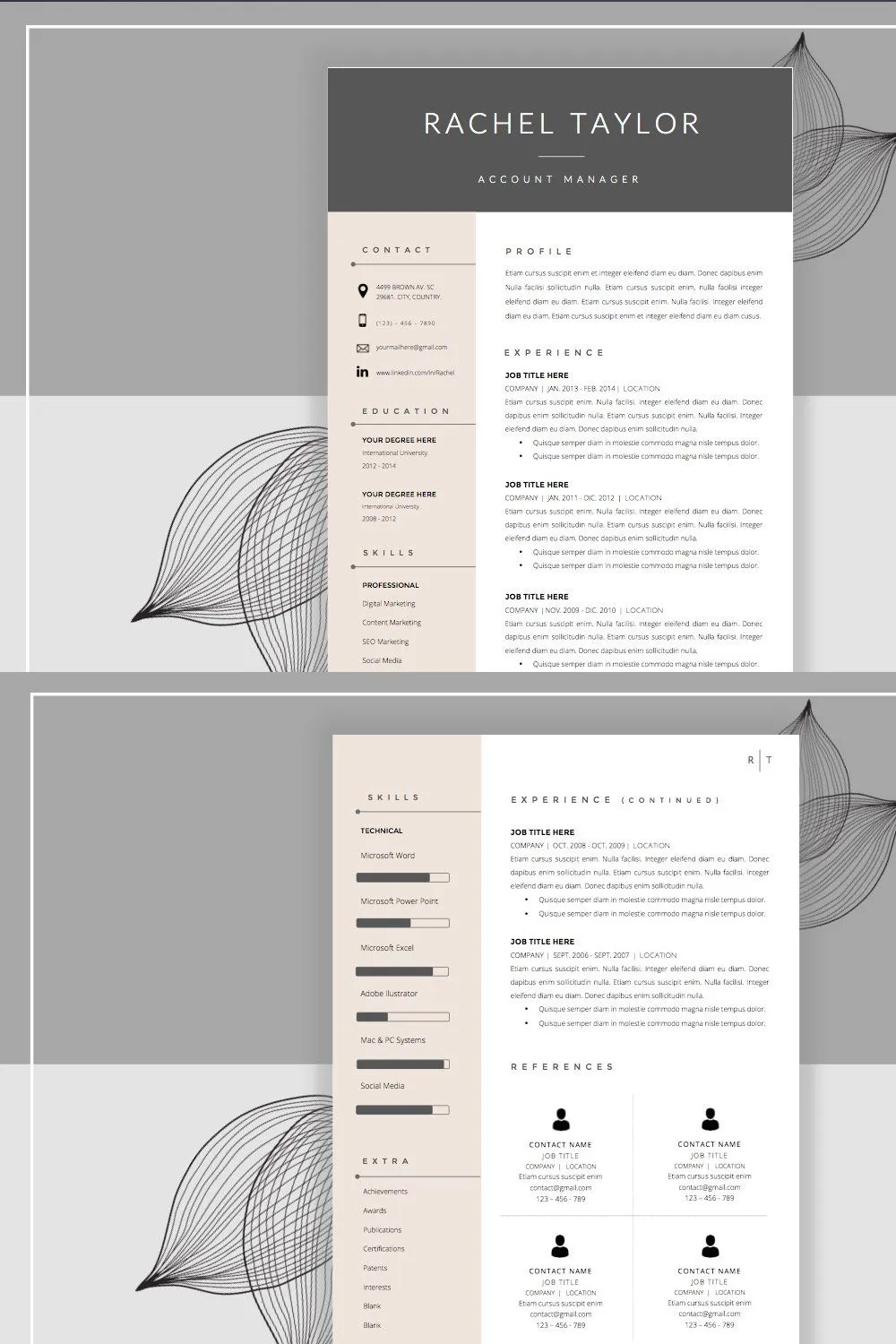
The greeting sets the tone for your entire cover letter. Whenever possible, address the hiring manager by name. This shows that you’ve done your research and are genuinely interested in the role. If you cannot find the hiring manager’s name, it is acceptable to use a formal salutation such as ‘Dear Hiring Manager’ or ‘Dear [Department Name] Team’. Avoid generic greetings like ‘To Whom It May Concern’, as they can make your letter feel impersonal and less tailored. Always spell the name correctly and double-check the title and gender. A well-chosen greeting shows respect and demonstrates attention to detail, setting a positive tone from the beginning. Researching the hiring manager’s name shows initiative and a proactive approach that employers appreciate. It makes your letter feel more personal and helps you to build a rapport with the reader.
Opening Paragraph Hook the Reader
The opening paragraph is your chance to grab the reader’s attention. Start with a compelling statement that immediately captures their interest. State the position you’re applying for and how you found the job. You might also briefly mention what excites you about the opportunity. You could start with a brief summary of your key qualifications, or express your enthusiasm for the company. The goal is to make a strong first impression and entice the reader to continue reading. Avoid clichés or generic opening lines that can make your letter sound uninspired. A successful opening paragraph should clearly convey your interest, highlight your most relevant skills, and create a sense of anticipation. The perfect opening paragraph can be a hook that makes your application unique and ensures that your cover letter gets the attention it deserves.
Highlighting Your Skills and Experience
The main body of your cover letter should focus on demonstrating how your skills and experience align with the job requirements. Review the job description carefully and identify the key skills and qualifications the employer is looking for. Use specific examples from your previous roles to illustrate how you have successfully utilized those skills and achieved positive results. Provide concrete examples, using the STAR method (Situation, Task, Action, Result) to describe your accomplishments. Quantify your achievements whenever possible; use numbers and data to show the impact you made in previous roles. Show, don’t just tell. The section should demonstrate your ability to handle the responsibilities of the role. Back up your claims with relevant experience and accomplishments to support what you’re saying. This approach builds credibility and reinforces the idea that you are the best fit for the job.
Tailoring Your Cover Letter to the Job
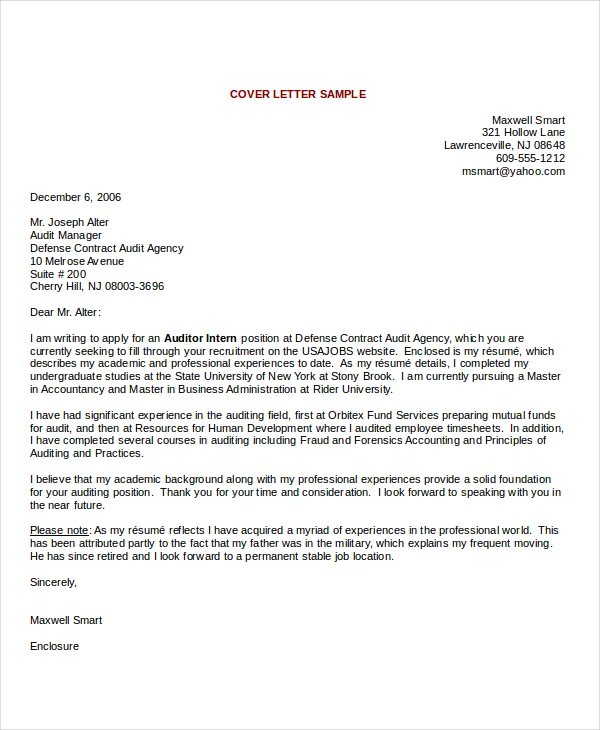
Generic cover letters are easily recognized and often discarded. To make your application stand out, you must tailor your cover letter to each job you apply for. Customize your letter by referencing the specific job description, highlighting the key requirements and explaining how your skills match the employer’s needs. Research the company and mention something specific that resonates with you, showing you have an interest in their work and their culture. This demonstrates that you have taken the time to understand the role and the company. Customize your letter by demonstrating your genuine interest in the role and the company. Mention specific projects, company values, or achievements that align with your own goals and values. Use the language and keywords from the job description to showcase your familiarity with the industry and the specific requirements of the role. Tailoring your letter makes it unique and relevant to the opportunity.
Quantifying Your Achievements
Quantifying your achievements is a powerful way to demonstrate your value to a potential employer. Instead of simply stating your responsibilities, provide concrete examples of the positive outcomes you achieved in previous roles. Use numbers, percentages, and data to illustrate the impact of your work. For example, instead of saying ‘Improved customer service’, you could say, ‘Improved customer satisfaction scores by 15% through the implementation of a new training program.’ Provide facts to support your statements. If you managed projects, mention the budget or the number of team members. Quantifying your achievements adds credibility and provides tangible proof of your capabilities. It also makes it easier for the hiring manager to understand the direct benefits of hiring you. Highlighting metrics is the key to showing that you not only did a job but also excelled at it.
Showcasing Your Personality and Enthusiasm
A cover letter is your opportunity to let your personality shine and demonstrate your enthusiasm for the role. While maintaining a professional tone, infuse your letter with your unique voice. Show your excitement about the opportunity and the company’s mission. Share your passion for the industry and explain why you are drawn to the specific role. Avoid sounding generic or robotic; instead, convey your enthusiasm through your writing style. Use language that reflects your personality, but maintain a professional demeanor. This helps the hiring manager to better understand who you are. Demonstrating your personality and enthusiasm makes your cover letter more memorable and creates a connection with the reader. It makes you stand out from other candidates who might have similar qualifications but lack that personal touch. A little enthusiasm goes a long way in showing you are more than just qualified, but are genuinely interested in the opportunity.
Closing the Cover Letter Effectively
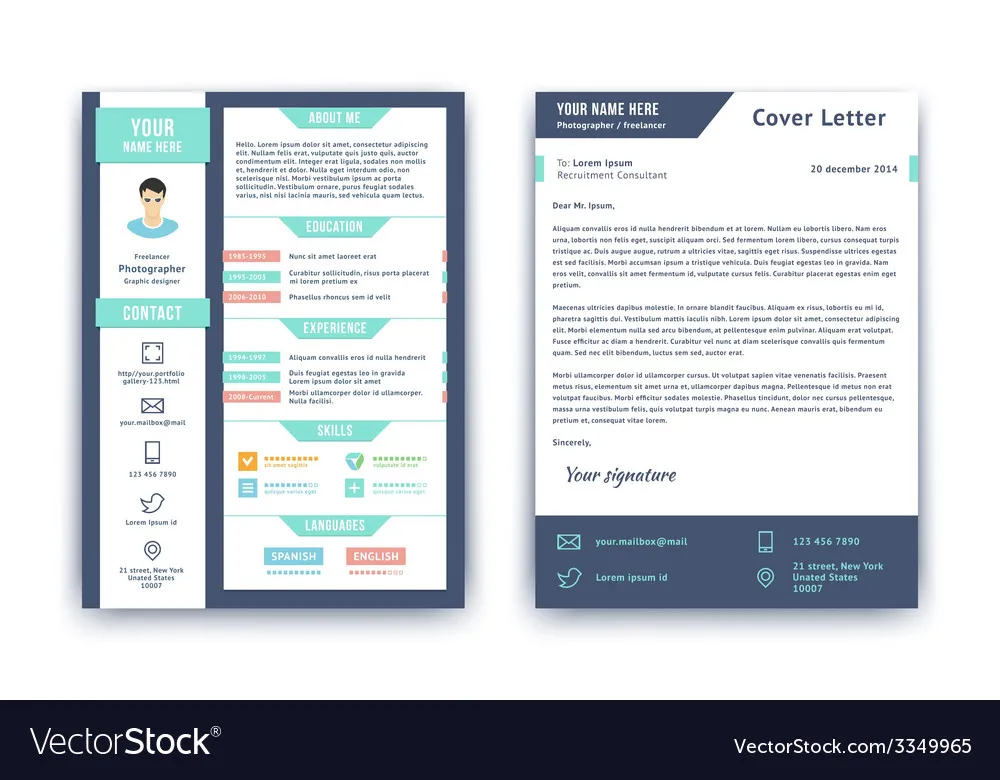
Your closing paragraph should wrap up your cover letter with a strong, positive message. Reiterate your interest in the role and summarize why you are a good fit for the company. Express your gratitude for the hiring manager’s time and consideration. State your availability for an interview and how you can be contacted. Keep your closing concise and professional. Avoid ending with clichés or generic phrases. Use a strong call to action that encourages the reader to take the next step. This could be inviting them to review your resume and contact you. A compelling closing paragraph leaves a lasting impression and encourages the recruiter to move forward with your application. Keep it brief, professional, and to the point. Ensure that you are leaving the hiring manager with a clear message about your suitability for the role.
Expressing Gratitude and a Call to Action
Expressing gratitude is a crucial element of your closing paragraph. Thank the hiring manager for their time and consideration, and acknowledge the opportunity to apply. A simple ‘Thank you for your time and consideration’ is sufficient. A call to action prompts the reader to take the next step. Encourage them to review your resume or contact you for an interview. Include information on how they can reach you, such as your phone number or email address. This part of the closing conveys your willingness to move forward with the application process. Make it easy for the recruiter to respond. A strong call to action is direct and professional. It increases your chances of getting a response. The goal is to end the letter on a positive note, leaving the hiring manager with a clear idea of how to proceed. This ensures you are remembered.
Proofreading and Editing Your Cover Letter
Proofreading and editing are essential steps in the cover letter writing process. Errors in grammar, spelling, and punctuation can undermine your credibility and create a negative impression. Before submitting your cover letter, thoroughly proofread it for any mistakes. Read it aloud to catch awkward phrasing or sentences that do not flow smoothly. Consider asking a friend, family member, or career advisor to review your letter. They might spot errors that you overlooked. Use grammar and spell-check tools. Check the formatting and layout. Ensure your contact information is accurate and up-to-date. Taking the time to proofread and edit your cover letter shows attention to detail and professionalism. These crucial steps ensure your letter is polished, error-free, and ready to impress a hiring manager. A polished cover letter demonstrates that you are a meticulous applicant who pays attention to detail.
Common Mistakes to Avoid
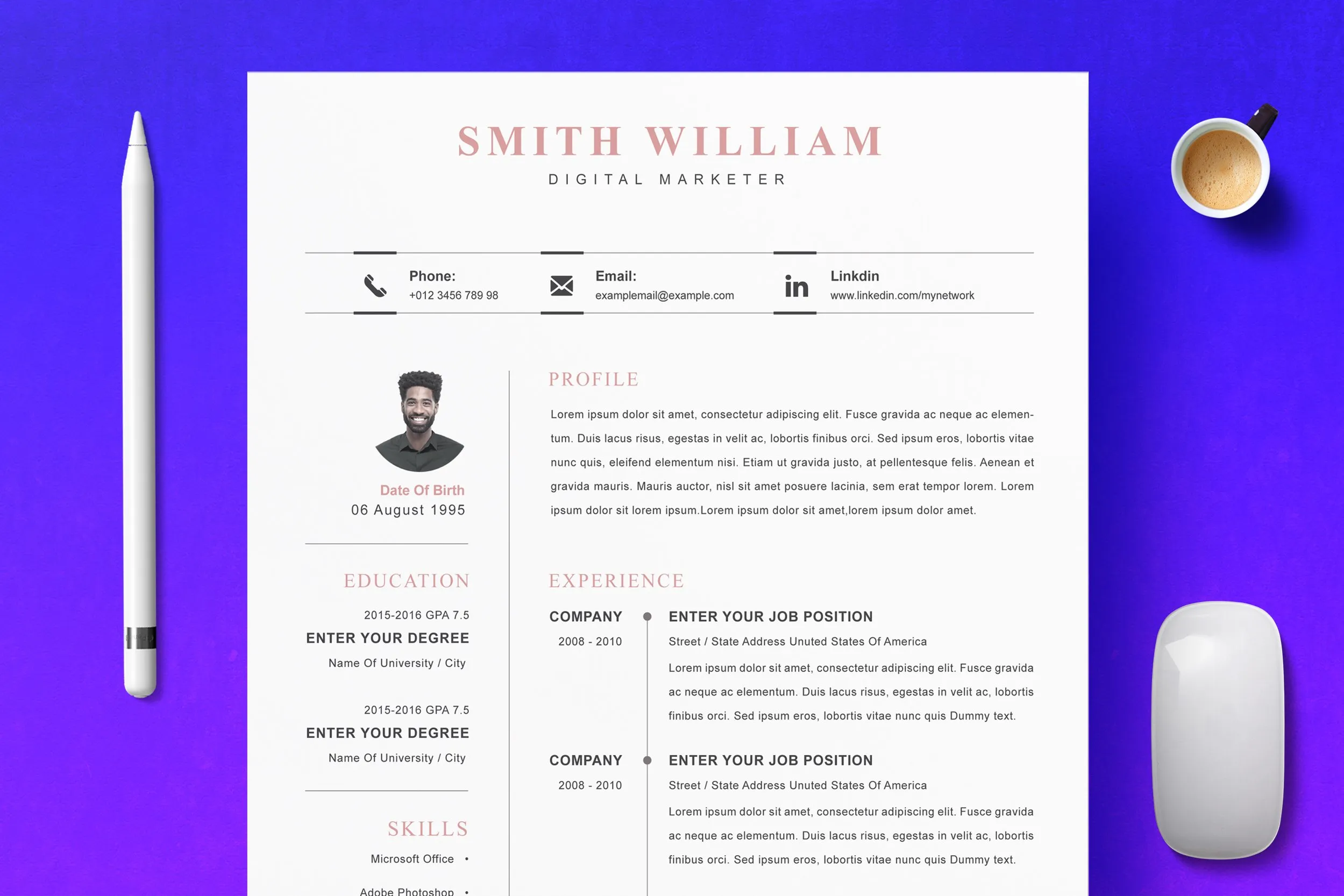
Several common mistakes can weaken your cover letter. Avoid using generic templates that lack personalization. Steer clear of clichés and overused phrases. Do not make the letter too long. Keep it to one page. Do not just repeat your resume. The letter should add context and detail. Avoid negative language or complaining about previous employers. Ensure that you do not include any irrelevant information. Errors in grammar, spelling, and punctuation are also big turn-offs. Poor formatting can make your cover letter difficult to read. Avoid these mistakes. It is about taking the time to write a well-crafted, error-free cover letter that highlights your qualifications and impresses the hiring manager. By avoiding these mistakes, you will significantly increase your chances of getting an interview and ultimately landing the job.
Using a Professional Tone
Maintain a professional tone throughout your cover letter. Use formal language and avoid slang, jargon, or informal expressions. Be courteous and respectful in your communication. Your tone should be confident. At the same time, be respectful of the employer. Demonstrate your enthusiasm for the role, but do not appear overly eager or desperate. Your language should reflect your level of professionalism and your understanding of workplace communication. The appropriate tone will ensure that your cover letter is taken seriously and reflects positively on your candidacy. Reviewing your cover letter with a critical eye is a good way to ensure that the tone is appropriate. Make sure to remove any unprofessional language before submitting your application. Proper tone creates a positive impression.
Formatting and Design Best Practices
The formatting and design of your cover letter should enhance its readability and visual appeal. Use a professional font, such as Times New Roman, Arial, or Calibri, in a standard size (11 or 12 points). Keep the layout clean and uncluttered. Use appropriate margins. The entire letter should be easy to read. Use bullet points to highlight key accomplishments or skills. Avoid using too much text. Break up long paragraphs into shorter ones. Ensure that the formatting is consistent throughout the document. The best formatting is a combination of clear design and professional presentation. The formatting should not distract from the content. A well-formatted cover letter is easy to read and highlights your qualifications effectively. It shows attention to detail. The formatting is a reflection of your professionalism and attention to detail.
